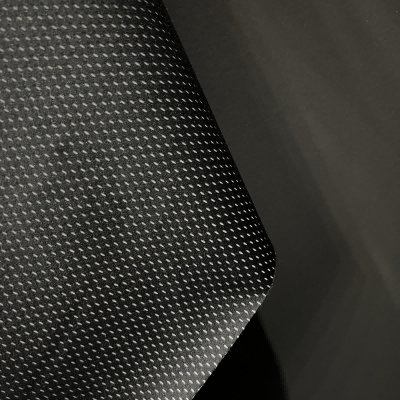rayon fabric synthetic
Rayon fabric synthetic represents a remarkable advancement in textile engineering, combining the comfort of natural fibers with the durability of synthetic materials. This versatile fabric, created through a sophisticated chemical process that transforms wood pulp into smooth, silky fibers, offers an impressive array of qualities. The manufacturing process involves dissolving cellulose in a chemical solution, which is then extruded through tiny holes and solidified to create continuous filaments. These filaments are then processed into yarns that can be woven or knitted into fabric. The resulting material exhibits exceptional breathability, moisture-wicking properties, and a luxurious drape that rivals natural silk. Rayon fabric synthetic has found widespread applications across various industries, from fashion and apparel to home furnishings and industrial uses. Its ability to blend seamlessly with other fibers enhances its versatility, making it suitable for everything from lightweight summer clothing to elegant evening wear. The fabric's natural sheen and smooth texture make it particularly popular in the fashion industry, while its durability and easy-care properties appeal to practical consumers.


